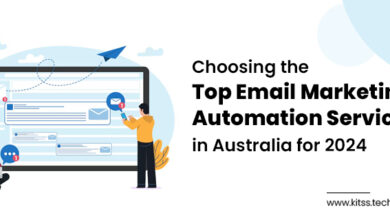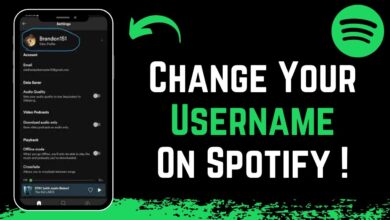9 Trade Show Marketing Tips Every Event Organizer Should Know
Trade Show Marketing Tips
Trade shows are invaluable opportunities for businesses to showcase their products, network with industry peers, and attract potential customers. As an event organizer, your role is pivotal in ensuring these trade shows are not only successful but also highly effective for all participants. Trade show marketing plays a vital role in the marketing mix of businesses across industries.
What Is Trade Show Marketing?
Trade show marketing is a strategic approach used by businesses to promote their products, services, and brand identity at industry-specific events or exhibitions. These events, commonly known as trade shows, conventions, or expos, bring together companies, organizations, and professionals within a particular industry to showcase their offerings, network with peers, and engage with potential customers.
At its core, trade show marketing involves leveraging the unique opportunities presented by these events to achieve specific business objectives, such as increasing brand visibility, generating leads, launching new products, or fostering partnerships. It encompasses a range of activities before, during, and after the event to maximize exposure and drive meaningful interactions with attendees.
Trade Show Marketing Tips
To help you in this endeavor, here are nine trade show marketing tips to maximize the impact of your events:
- Define Clear Objectives: Before diving into the logistical details of organizing a trade show, it’s crucial to define clear objectives. What do you aim to achieve with this event? Is it to generate leads, increase brand awareness, or launch a new product? Understanding your goals will guide all subsequent decisions, from choosing exhibitors to designing promotional materials.
- Know Your Audience: Tailoring your trade show marketing efforts to your target audience is essential for success. Conduct thorough research to understand the demographics, preferences, and pain points of attendees. This information will enable you to craft compelling messaging and design experiences that resonate with your audience, increasing engagement and conversion rates.
- Create Compelling Content: In a sea of exhibitors vying for attention, compelling content can set you apart. Whether it’s interactive demonstrations, informative presentations, or engaging multimedia experiences, invest in content that educates, entertains, and adds value to attendees’ experience. Remember, quality content not only attracts visitors to your booth but also encourages them to stay longer and engage with your brand.
- Harness the Power of Social Media: Social media is a powerful tool for pre-event promotion, engagement during the event, and post-event follow-up. Leverage platforms like Twitter, LinkedIn, Facebook, and Instagram to generate buzz, share sneak peeks, and encourage attendance. Create event-specific hashtags, collaborate with influencers, and actively engage with your audience to amplify your reach and maximize participation.
- Offer Incentives and Promotions: Everyone loves a good deal, especially at trade shows where attendees are inundated with promotional offers. Stand out by offering exclusive discounts, giveaways, or contests that incentivize participation and drive foot traffic to your booth. Whether it’s a free product sample, a limited-time discount, or a prize draw, promotions create excitement and encourage interaction with your brand.
- Design an Eye-Catching Booth: Your booth is your storefront at a trade show, so make it visually appealing and inviting. Invest in professional booth design that reflects your brand identity and effectively communicates your message. Use eye-catching graphics, lighting, and signage to attract attention from afar, and ensure your booth layout facilitates easy navigation and interaction with attendees.
- Prioritize Lead Generation and Follow-Up: Trade shows are prime opportunities to collect leads, but it’s what you do with those leads afterward that counts. Implement lead capture mechanisms such as digital sign-up forms, business card scanners, or interactive demos to gather contact information from interested prospects. Develop a robust follow-up strategy to nurture leads post-event, whether through personalized emails, phone calls, or targeted marketing campaigns.
- Focus on Networking: Trade shows are not just about showcasing your products; they’re also about building relationships with industry peers, partners, and potential customers. Encourage your team to actively network with attendees, exhibitors, and speakers to exchange ideas, explore collaborations, and uncover new opportunities. Hosting networking sessions or participating in industry events can further enhance your visibility and credibility within the community.
- Evaluate and Iterate: After the dust settles and the event concludes, take the time to evaluate your performance and gather feedback from stakeholders. Analyze metrics such as attendance, engagement, and lead conversion rates to assess the success of your trade show marketing efforts. Identify areas for improvement and incorporate lessons learned into future events, continuously iterating and refining your strategies to achieve even greater success.
In conclusion, effective trade show marketing requires careful planning, strategic execution, and constant refinement. By defining clear objectives, understanding your audience, creating compelling content, harnessing the power of social media, offering incentives, designing eye-catching booths, prioritizing lead generation and follow-up, focusing on networking, and evaluating your performance, you can maximize the impact of your trade show events and drive tangible results for your organization. As an event organizer, these tips serve as valuable guidelines to elevate your trade show marketing efforts and deliver exceptional experiences for all participants.



